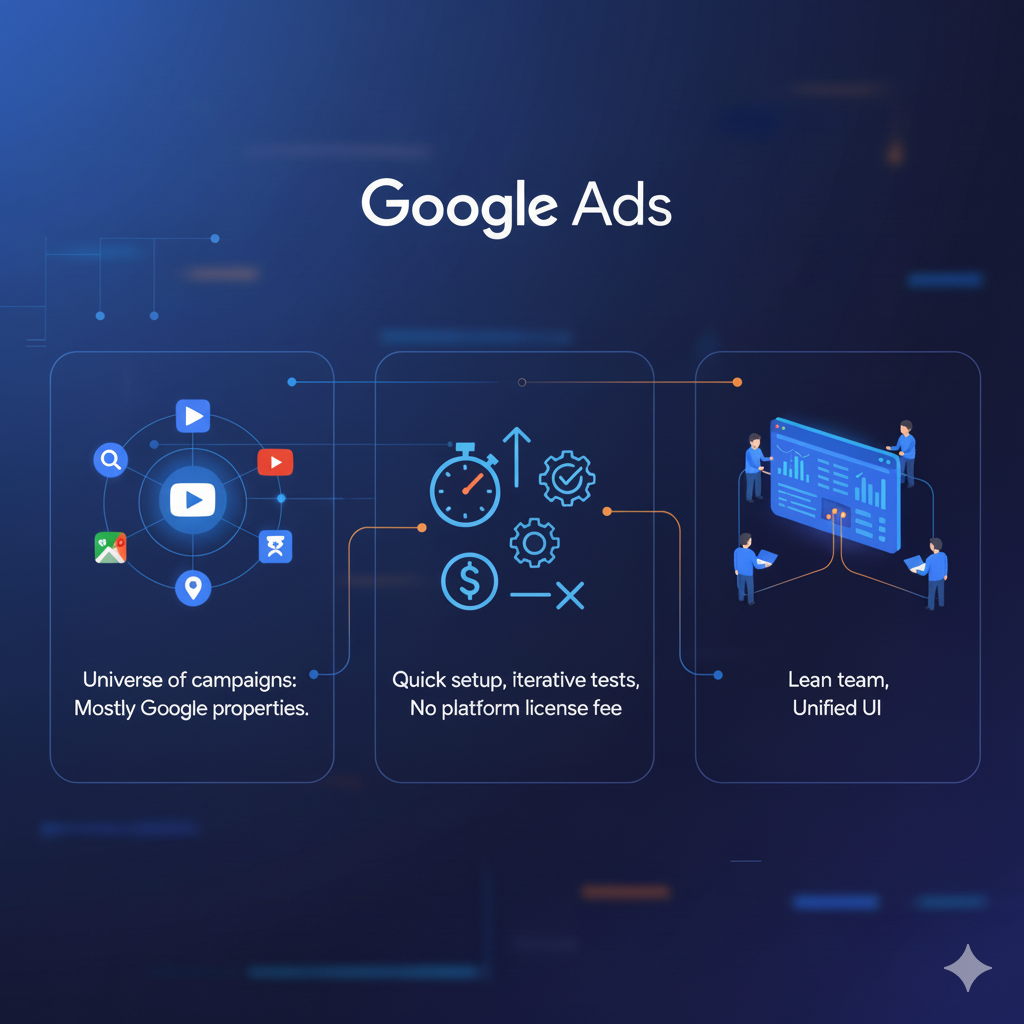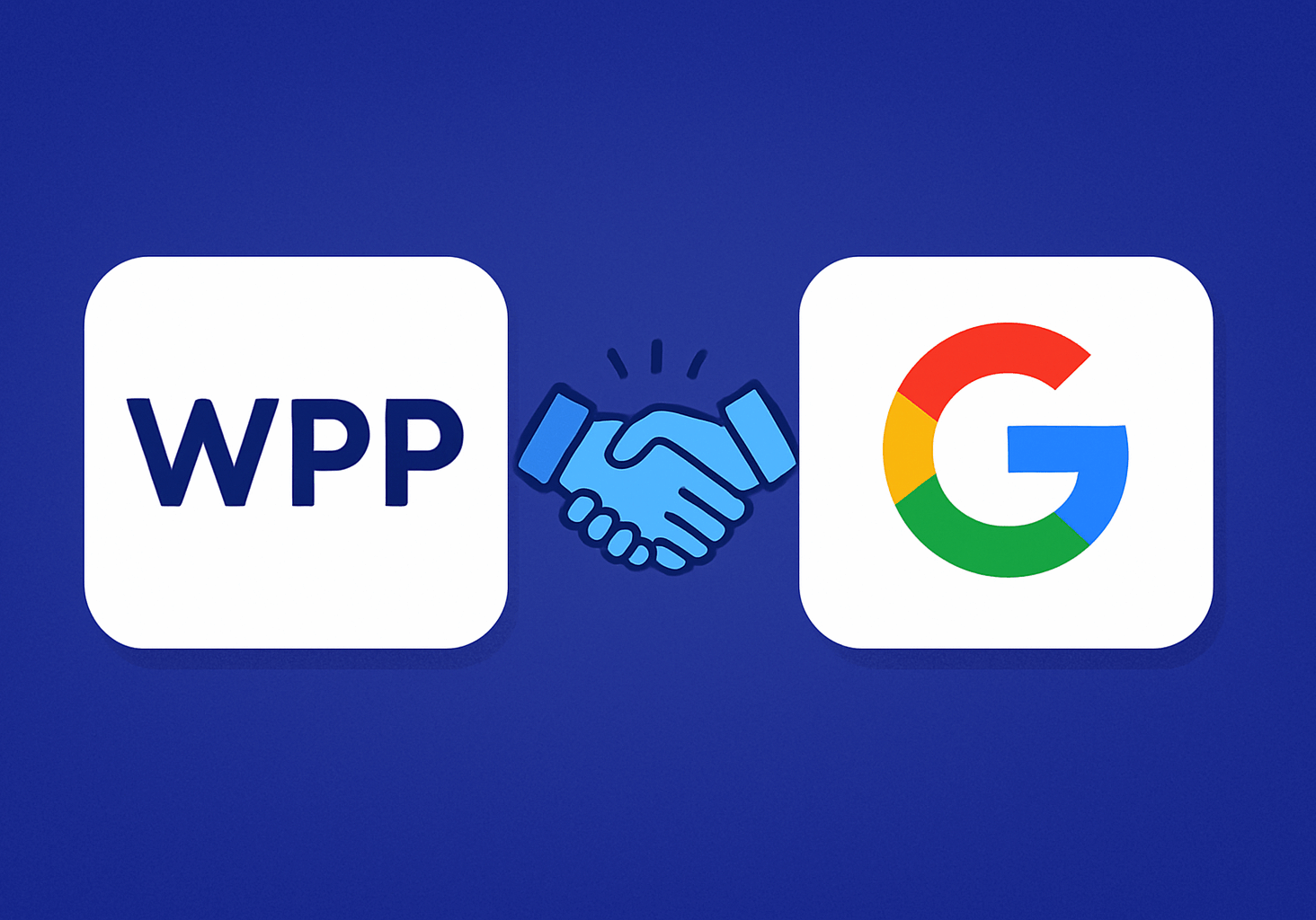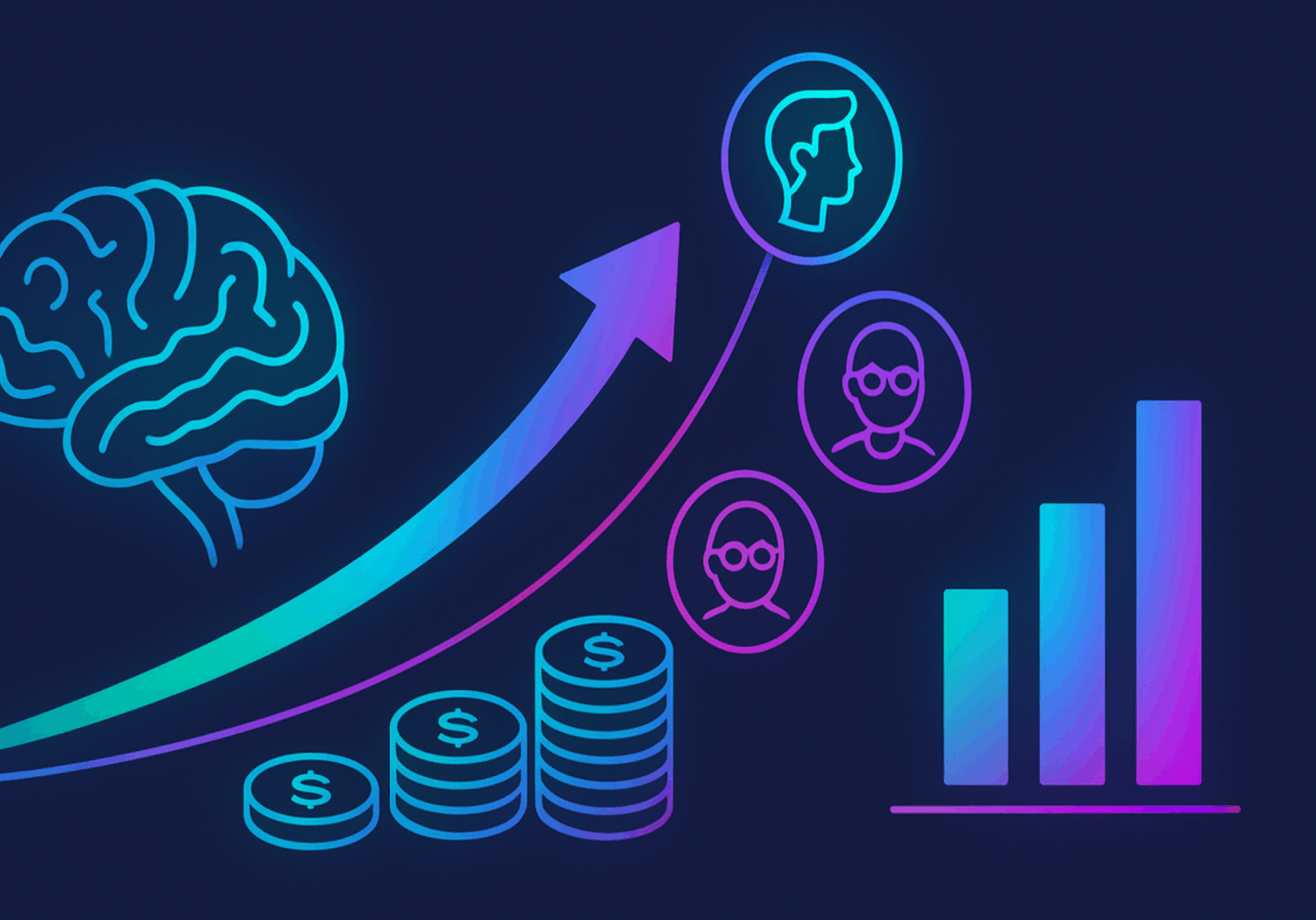
SA360 vs Google Ads: How to Choose the Right Platform for Smarter Campaign Management
Remember when scaling up a campaign simply meant adding more keywords and increasing your budget? Those days are gone. In 2025, scaling a campaign with SA360 vs Google Ads is no longer about doing more, but about doing it smarter.
Scaling is now about orchestration: cross-engine bidding, consolidated insights, and real automation. That actually understands what is valuable to your business. Marketers are currently operating in an ecosystem driven by AI-led auctions, data-driven decision-making, and a layer of complexity that is multiplying by the minute. The better question is not how to keep up but which platform can stay ahead of Google Ads or Search Ads 360 (SA360)?
This is not a decision of two dashboards—it’s a shift in thinking. The platform you choose determines the efficiency of your bidding, reporting, and scaling across channels. In a world where every click matters and budgets are always in jeopardy.
The platform you choose could be the difference between a successful ad run and a smart ad run.
Why the SA360 vs Google Ads comparison matters today
Search advertising remains one of the most effective growth engines in marketing.
By 2025, approximately 80% of businesses will utilize paid search as a growth engine, with ad spend on AI search likely to double by 2026, reaching an estimated $25 billion by 2029. This means more automation, increased competition, and greater value in strategy. Your campaign could be five or five hundred.
Your platform choice, SA360 vs Google Ads, determines how smoothly you navigate this AI-first, complexity-heavy future.
What do Google ads bring to the table?
If you are running primarily Google-first campaigns, have a smaller to medium budget, or want to get set up quickly with a DIY channel, this is for you.
Then Google Ads is likely the right platform for you. It’s tightly connected with Google Shopping and YouTube, providing you with immediate access to the latest ad formats, including new AI-driven placements and “ads in AI Overviews”. It features a vast ecosystem of learning partners and resources.
For most direct response campaigns, Google Ads’ Smart Bidding, automated extensions, and responsive creatives are adequate for performance and efficiency.
Subscribe to our bi-weekly newsletter
Get the latest trends, insights, and strategies delivered straight to your inbox.
Use Google Ads when:
- The universe of your campaigns is mostly Google properties
- You want a quick setup, iterating tests, and no platform license fee
- You have a lean team that can work within one UI

Reasons to take a serious look at Search Ads 360 (SA360)
On the other side of the SA360 vs Google Ads comparison is Search Ads 360 (SA360)—part of the Google Marketing Platform and built for large-scale, multi-engine advertisers.
Think agencies, retailers, and enterprises whose campaigns rely heavily on data and automation. SA360 is not just a “fancy Google Ads.” It’s a command center that allows clients to manage Google, Microsoft Ads, Yahoo Japan, and other engines under a single umbrella.
It includes unified bidding, robust attribution, and a highly automated workflow for significant portfolios.
What makes SA360 powerful:
- Cross-engine bidding: Create a single plan that optimizes Google Ads and Microsoft Ads for different performance levels using machine learning to allocate budgets for the best performance across engines.
- Floodlight & offline conversion tracking: Integrate CRM and offline data tracking to optimize bids based on business results, not just clicks.
- Enterprise-level automation: See ad creation from templates, editing in bulk, and scheduled bid changes—this can save multiple hours each week.
- Advanced reporting: Link SA360 to BigQuery and Looker Studio for real-time dashboards and detailed attribution modeling.
- As you can imagine, those efficiencies aggregate quickly for large advertisers. Retailers running thousands of product groups often see 10-15 % CPA improvement and several hours saved each week by converting to SA360.
Use SA360 when:
- You have campaigns running across multiple search engines or in various countries.
- You need enterprise-level workflows, access for multiple users, or approval of hierarchies.
- You rely on offline conversions or need to use complex attribution models.
- You are ready to pay a platform fee for better automation and time savings.
Cost vs. control: the real-world trade-off
The fundamental distinction that arises between the two platforms is cost and control. Google Ads is free (other than your media spend), whereas SA360 charges via a license fee. Frequent license fees can be either a percentage of the media or a flat cost.
That investment is only worthwhile when the platform’s efficiency outweighs the cost of the license fee or the price per campaign. A retailer managing fifty thousand SKUs across multiple countries can often recoup the fee associated with SA360 within just weeks of engaging the platform, simply by centralizing bid strategies and automating the reporting process.
However, a startup operating in a single market may find that the license fee outweighs any possible gains. The smarter approach would be to run a pilot, test-based SA360 under a high-volume campaign, review the results of the original campaign, and make a strategic decision thereafter.
More intelligent bidding, not simply faster bidding
Both platforms leverage machine learning tools developed by Google, but SA360 benefits from access to a larger pool of data and users. Smart Bidding in Google Ads. Learn from your Google ecosystem.
Conversely, SA360 (in addition to receiving signals from your Google Ads account) learns from other channels and can learn from Floodlight conversions. It is here that the distinction comes into play, especially when dealing with thin-volume or offline-driven campaigns. Suppose your marketing efforts aim to promote leads that convert in-store or engage your sales staff. In that case, SA360’s access to larger signals enables you to make bidding decisions based on what matters to your business—revenue, not simply clicks.
That’s why enterprise advertisers increasingly refer to SA360 as “AI with business context.” Because it isn’t about bidding faster, it’s about bidding smarter.
A hybrid frame of mind: the best of both worlds
A secret: you do not need to choose one approach permanently. Many intelligent advertisers utilize both.
They utilize Google Ads for experimentation, testing formats, audiences, and creatives, and use SA360 as the control tower for enterprise-scale optimization and business reporting.
The hybrid model enables marketers to remain agile where innovation matters and operate efficiently where scale is key. It is the happy medium between creativity and control and is a combination that is increasingly frequent in large organizations.
The future: the direction of smarter campaign management
Search advertising is changing rapidly with the development of AI search experiences and real-time automation. As conversational AI continues to shape results, publishers such as SA360 will continue to develop deeper signals and integrate predictive bidding models.
But let’s be clear: no tool replaces strategic clarity.
The smartest campaign management in 2025 will not be driven by algorithms; it will be led by marketers who understand how to effectively orchestrate them.
Whether you are driving in Google Ads or managing at scale through SA360, the direction should be for technology to drive business outcomes, not the other way around.
Cut to the chase
In 2025, smart campaign management will be about clarity instead of complexity. Whether you stick with Google Ads or switch to SA360, choose the platform that best fits your scale and automation needs. What is the next step? Audit, test, and invest based on data meeting performance—because the future will belong to marketers who manage smarter instead of harder.


